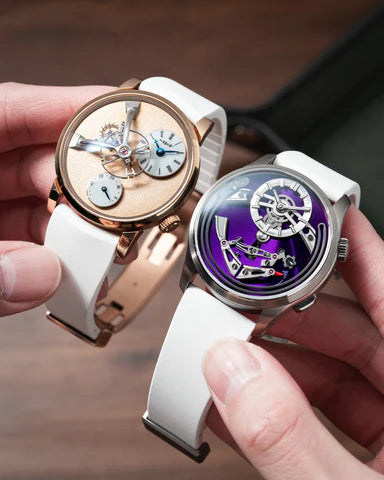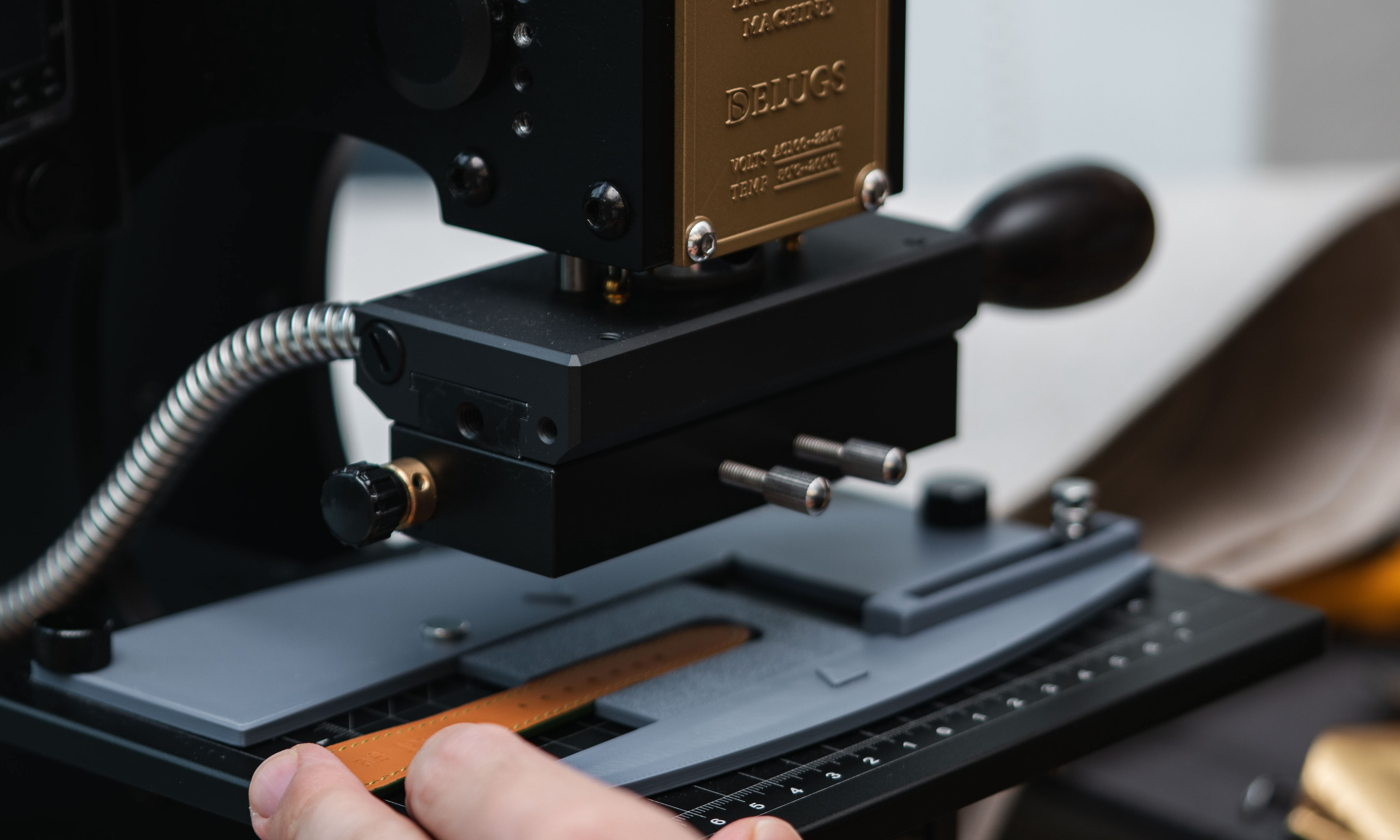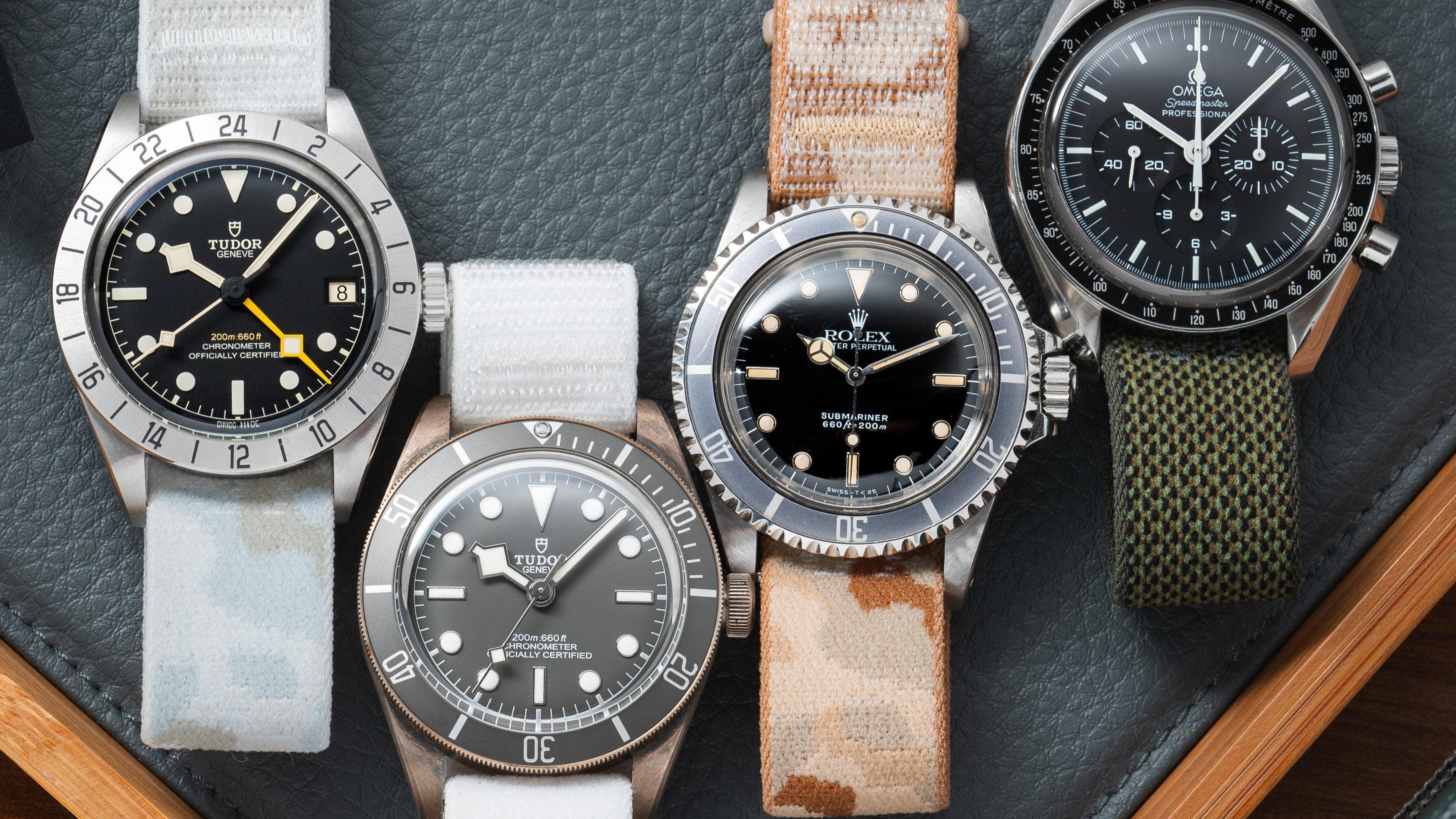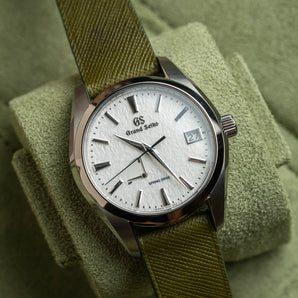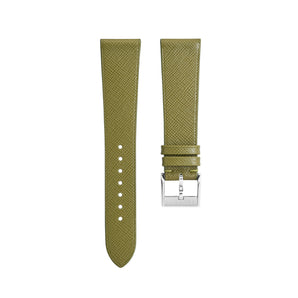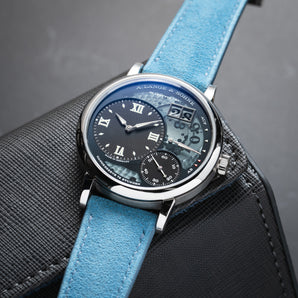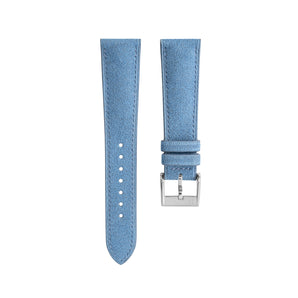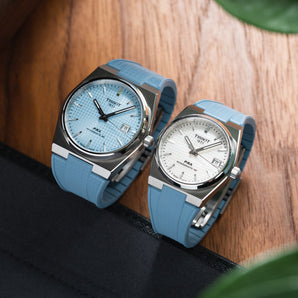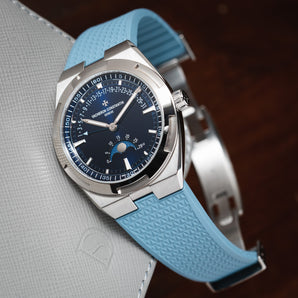This is an excerpt from an interview done with Wah So Shiok.
There are 2 key things to determine whether a strap is of good quality: the leather used and the construction.
Leather
For leather, you generally want the watch strap to be made of full grain or top grain leather, and not to use “genuine” leather or bonded leather. You can Google around to find out the differences between the various types of leather, but in general the top layer of leather has the greatest fiber strength and durability.

Buttero leather from Walpier Tannery
However, it is not easy to tell the type of leather just by looking at the strap. This is where branding comes in. Leather is produced by tannery, and each tannery produces many different articles of leather. Some articles might be full grain leather, some are top grain leather, some are veg tanned, some are chrome tanned. And some tanneries are more well-known than others, and within that tannery they might even have some articles of leather that are more well-known than other articles of leather. As an example, many people might have heard of the tannery Horween, which is based in Chicago, USA. They produce many different articles of leather (Chromexcel, Essex, Dublin, Shell Cordovan for example), but naturally some are more popular than others due to the specific properties of that article of leather. As more people make and use items using these specific articles of leather, the properties of the leather is more well known, and whether the leather is “good” or not becomes more well-known.
As someone who might be new to leather, it is extremely difficult to sift through all the different tanneries and their articles. Even as a leathercrafter, it is almost impossible to have a comprehensive list of good tanneries and articles. But after doing a bit of research (Google might not have all the answers, Instagram has a more vibrant community of leathercrafters), it will become apparent that some articles have a better reputation than others and tend to be used more often. For example, Shell Cordovan from any of the tanneries that produce them, Buttero from Conceria Walpier tannery in Italy, Chevre from Alran tannery in France, Baranil from Haas tannery in France, Epsom from Du Puy tannery in France.

To cut the long story short, if you know the specific article used for the watch strap, you can do some research on whether the leather used is good or not, and the properties of the leather. If the specific article is not known, it does not mean the leather is bad. It just means that the leather is not well known, which is understandable given that there are a lot of tanneries and articles out there, and not all tanneries give names to their articles.
Read about the leather we use here.
Construction
For construction, there are a few areas to look out for in a watch strap. Specifically – stitching, edges, symmetry and overall cleanliness.

For stitching, the common debate is between machine and handstitching. In general, hand-stitched items are more durable and stronger than machine-stitched items. However, unlike something like a bag strap (or horse saddle), watch straps are not expected to face much wear or stress and so the strength of the stitching becomes less crucial. What is crucial to look out for is the consistency and neatness of the stitching. Whether it is machine or hand-stitched, the stitching should be consistently spaced, have a consistent tension, and be a fixed distance away from the edge.

The next thing to look out for is how the edges are finished. The sides of leather is typically exposed and is the most vulnerable to wear. Hence, the edges have to be finished to protect the leather. There are a few ways this can be done. First is burnished edges, which basically means using friction to rub down the fibres of the leather and form a sealed edge of leather. Not all articles of leather can be burnished, it depends on whether the leather is veg-tanned (can be burnished) or chrome-tanned (cannot be burnished). When the leather is burnished, the edge is no longer exposed to the elements. Second is painted edges, where a layer of paint is applied over the edges to seal the exposed portion of leather. The paint gets worn down over time instead of the leather. Lastly is a bound edge, where the leather itself is wrapped around itself to cover the exposed edges. The top layer of the leather protects the edge. All 3 ways have their own pros and cons, but I generally prefer painted and burnished edges. Burnished edges look great and can be reburnished if the fibers become loose again, but ultimately you are still wearing down the leather and not all leather can be burnished nicely. Painted edges provide an additional layer to take the wear and tear, and can be easily reapplied, but you might not get a consistent look and feel. Bounded edges retain the look of the leather on the edges, but the leather faces the wear and tear and it cannot be repaired easily after the leather at the edges wear down.

The last thing to look out for is the overall symmetry of the strap and the cleanliness in the construction. The shape and symmetry should not be taken for granted, as bespoke strap makers typically hand-cut their straps which can lead to some irregularity in the shape. The cleanliness of the construction refers to whether there are random marks on the leather, whether the edge paint overflows onto the leather etc. A good strap maker is able to produce a strap that is symmetrical and very clean and consistent all across.
